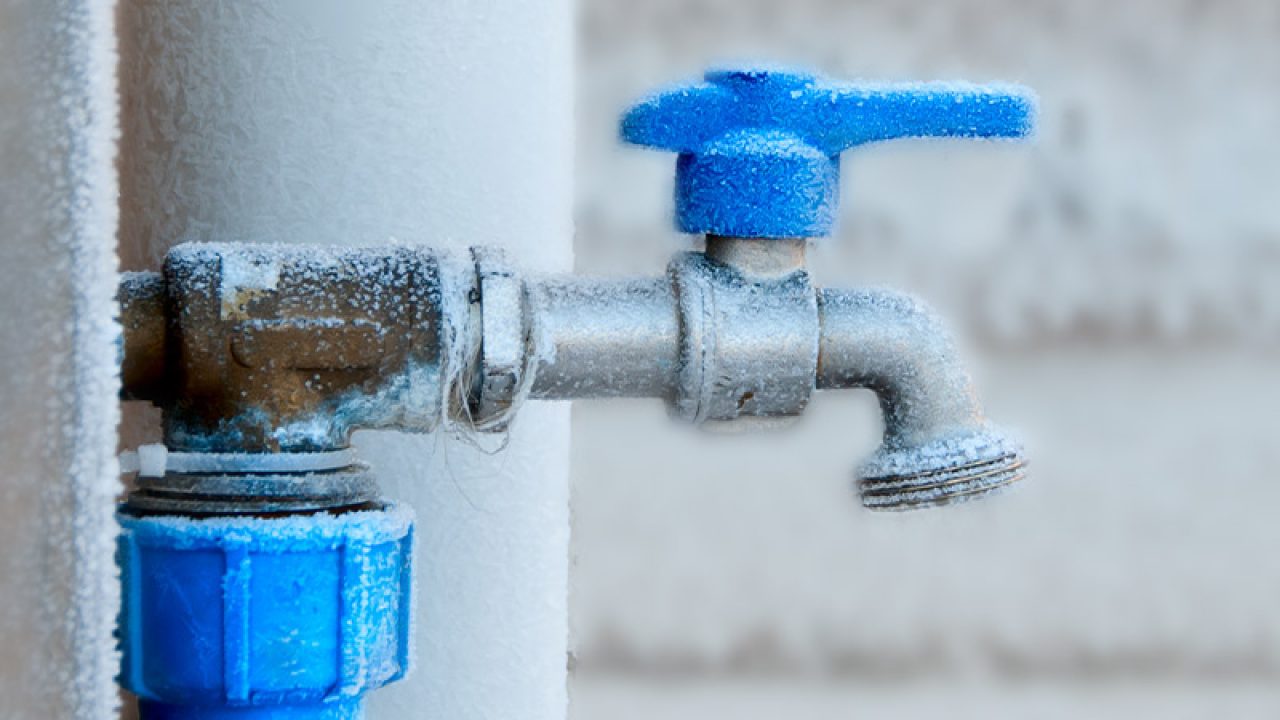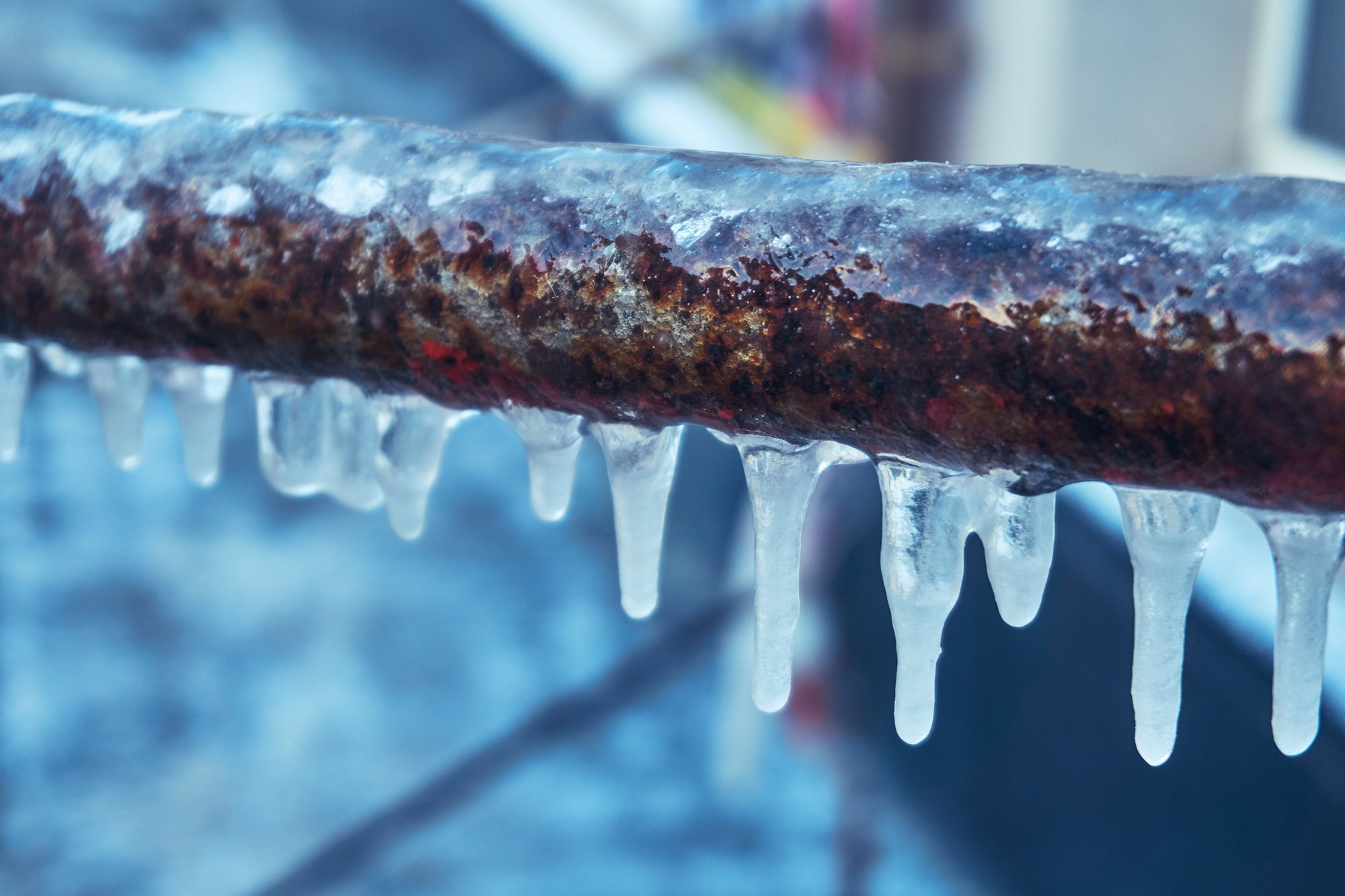Protecting Your Pipes from Cold Weather: Top Tips
Call TodayThey are making several great points on How To Avoid Freezing Pipes in general in this content further down.

Cold weather can wreak havoc on your plumbing, particularly by freezing pipes. Right here's exactly how to prevent it from occurring and what to do if it does.
Intro
As temperatures drop, the risk of icy pipelines boosts, possibly leading to costly repairs and water damage. Understanding exactly how to avoid frozen pipelines is essential for property owners in cold environments.
Avoidance Tips
Shielding susceptible pipelines
Cover pipelines in insulation sleeves or make use of heat tape to protect them from freezing temperature levels. Focus on pipes in unheated or exterior areas of the home.
Heating techniques
Maintain indoor areas adequately warmed, especially areas with pipes. Open cabinet doors to enable warm air to distribute around pipelines under sinks.
Just how to recognize icy pipelines
Search for reduced water circulation from taps, unusual odors or sounds from pipelines, and visible frost on exposed pipes.
Long-Term Solutions
Structural modifications
Consider rerouting pipes far from exterior walls or unheated areas. Include added insulation to attics, basements, and crawl spaces.
Updating insulation
Purchase premium insulation for pipelines, attics, and wall surfaces. Proper insulation assists keep regular temperatures and reduces the risk of frozen pipelines.
Shielding Outside Pipes
Yard hoses and exterior faucets
Disconnect and drain garden pipes prior to wintertime. Mount frost-proof spigots or cover outdoor taps with insulated caps.
Understanding Frozen Pipelines
What creates pipelines to ice up?
Pipes freeze when subjected to temperature levels listed below 32 ° F (0 ° C) for expanded periods. As water inside the pipelines freezes, it broadens, taxing the pipe wall surfaces and possibly creating them to rupture.
Dangers and problems
Frozen pipelines can bring about water supply disruptions, residential property damage, and costly repair work. Burst pipes can flood homes and trigger considerable structural damages.
Indicators of Frozen Pipeline
Determining icy pipelines early can prevent them from bursting.
What to Do If Your Pipelines Freeze
Immediate activities to take
If you believe icy pipelines, maintain faucets available to ease stress as the ice melts. Make use of a hairdryer or towels soaked in hot water to thaw pipelines gradually.
Verdict
Avoiding frozen pipes calls for proactive steps and fast feedbacks. By comprehending the reasons, indications, and preventive measures, house owners can protect their plumbing throughout cold weather.
5 Ways to Prevent Frozen Pipes
Drain Outdoor Faucets and Disconnect Hoses
First, close the shut-off valve that controls the flow of water in the pipe to your outdoor faucet. Then, head outside to disconnect and drain your hose and open the outdoor faucet to allow the water to completely drain out of the line. Turn off the faucet when done. Finally, head back to the shut-off valve and drain the remaining water inside the pipe into a bucket or container. Additionally, if you have a home irrigation system, you should consider hiring an expert to clear the system of water each year.
Insulate Pipes
One of the best and most cost-effective methods for preventing frozen water pipes is to wrap your pipes with insulation. This is especially important for areas in your home that aren’t exposed to heat, such as an attic. We suggest using foam sleeves, which can typically be found at your local hardware store.
Keep Heat Running at 65
Your pipes are located inside your walls, and the temperature there is much colder than the rest of the house. To prevent your pipes from freezing, The Insurance Information Institute suggests that you keep your home heated to at least 65 degrees, even when traveling. You may want to invest in smart devices that can keep an eye on the temperature in your home while you’re away.
Leave Water Dripping
Moving water — even a small trickle — can prevent ice from forming inside your pipes. When freezing temps are imminent, start a drip of water from all faucets that serve exposed pipes. Leaving a few faucets running will also help relieve pressure inside the pipes and help prevent a rupture if the water inside freezes.
Open Cupboard Doors
Warm your kitchen and bathroom pipes by opening cupboards and vanities. You should also leave your interior doors ajar to help warm air circulate evenly throughout your home.

We had been made aware of that report about How to prepare your home plumbing for winter weather from an associate on another site. Sharing is good. Helping others is fun. Thanks so much for taking the time to read it.
Book Today